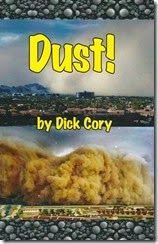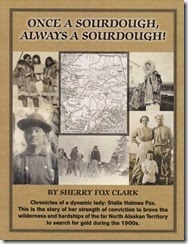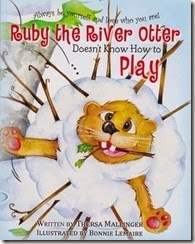
According to a news release, first-time novelist Weldon Shaw retired from the California Department of Corrections in 2012 where he was a gang investigator. Now living in Corning, Shaw draws on his knowledge of gang history in presenting the book-length narrative of a character named Emilio Cerna.
“Pachuco” ($16.95 in paperback from Black Rose Writing; also for Amazon Kindle) invites the reader to listen to the reminiscences of 80-year-old Emilio, “through four generations of his family’s history starting in Chihuahua, Mexico in the 1860s” up to the present. The first half of the book is about Emilo’s great grandfather and the sacrifices he made in bringing his family to Los Angeles. “The people of Chihuahua,” Emilio tells a newspaper reporter, “were poor, beat down by Mother Nature and father government.”
When the family finally settled in “East Los,” they found “their citizenship was not considered same as the Anglos’ citizenship. This alienation caused the gang mentality to spawn in East Los in the 1880s. The Hispanics were the first to have gangs.” At first the barrios came together to defend themselves against “Anglo injustice, but actually, in the end, they were banding together against the other neighborhoods.”
During World War II Hispanic young people began wearing flamboyant zoot suits, introduced by Mickey Garcia when he came to Texas from Pachuco, Mexico. The style found its way to East Los. “It was the era of ... anti-government sentiment, solidarity and yes, gang growth,” and led to the Zoot Suit riots in Los Angeles among Latino youth and Anglo sailors and marines.
Soon, says old Emilio, himself a second-generation Alpine Street gang member, “the gangs turned back on each other. Then the prison unity evolved, but as our history dictates we always end up eating our young and once again we turned back against each other.” Today’s gang members, Emilio tells the reporter, “do not know the history about why the Hispanics split up into North and South. They cannot even tell you why they hate each other so much.”
Emilio’s story offers a nuanced view of gang evolution; its implications are well worth pondering.





